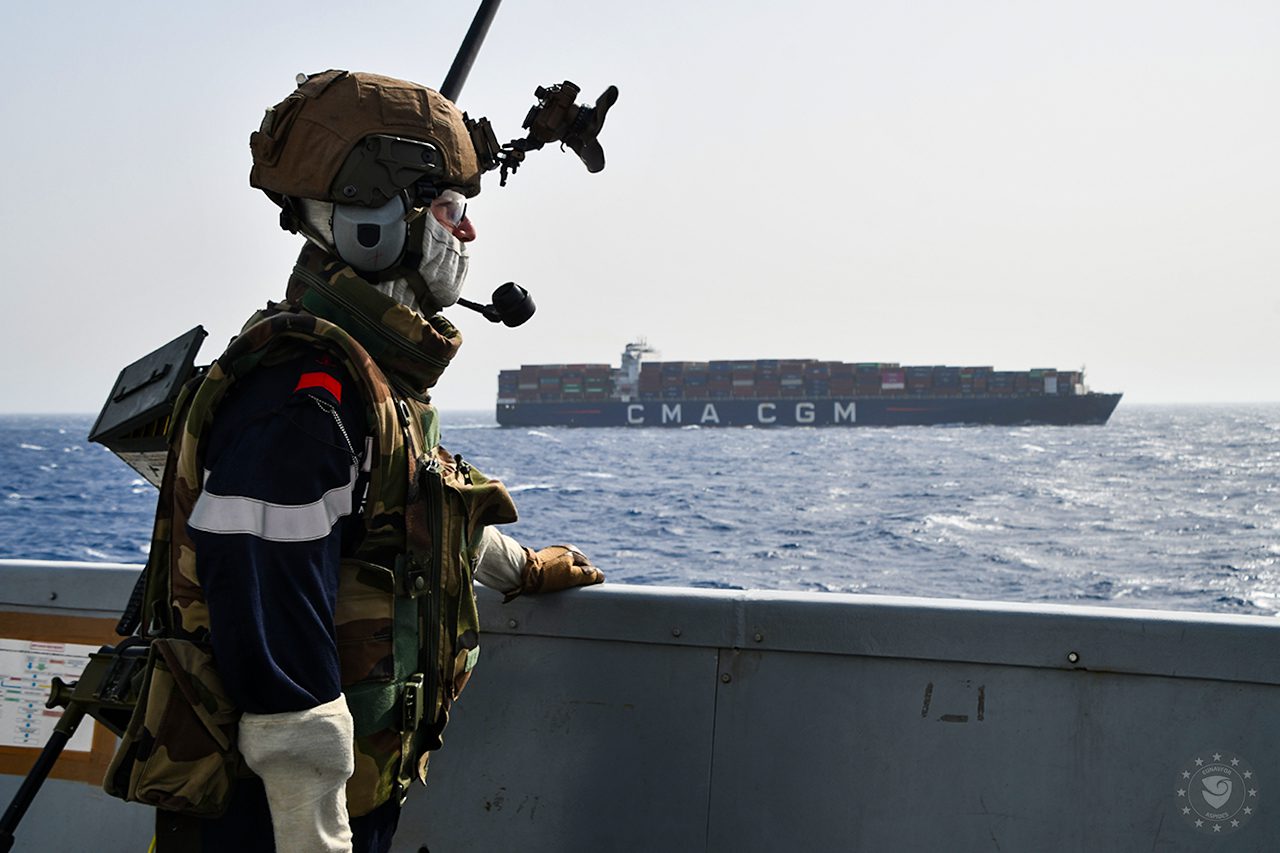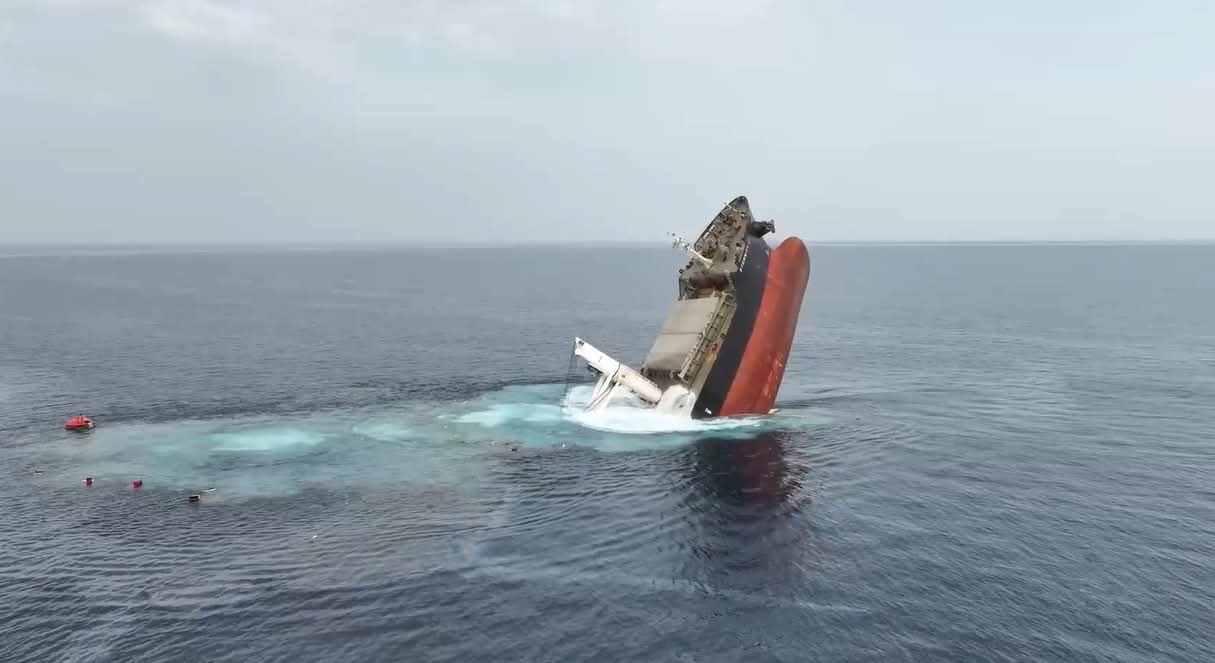by John Konrad (gCaptain) In the dynamic world of global shipping, the partial blockage of the Red Sea has become a critical test of strategy for major carriers. Highlighted in a LinkedIn post by leading container trade expert Lars Jensen, this situation, now approaching its third week, has prompted varied responses from key players in the industry, reflecting their adaptability and competitive approaches. Meanwhile, economies of scale and ESG positioning make competitive decisions today more decisive.
Take, for instance, the COSCO Kilimanjaro, which is part of the RES1 service between China and the Red Sea. Initially rerouted for a safer round-Africa trip due to the blockage, the vessel later resumed its original Red Sea path. According to Lars, this shift exemplifies the fluid and responsive decision-making process some carriers are adopting in real-time.
“Amongst the large global container carriers, it is only Maersk which, based on vessel movements, has committed to resuming a Suez routing. CMA CGM also has quite a few vessels aiming for that routing, but they do not appear fully committed the same way as Maersk is” says Lars. “Large intra-Asian feeder operator X-Press Feeders is also using the Red Sea transit in addition to a range of local small operators.”
Click HERE to read Lar’s full LinkedIn post and subscribe to his profile.
While Transfar and OVP Shipping, operators of the China to Russia service, have shown a tendency to frequently change their routing decisions in response to the evolving situation, Maersk has taken a different approach. This global shipping giant has committed to the Suez routing, demonstrating a potentially risky bet on the normalization of hostilities in the Red Sea. In contrast, CMA CGM, although also directing vessels towards the Suez, has not shown the same level of commitment, indicating a more cautious strategy.
The decisions carriers make in this scenario have far-reaching implications. They affect not just transit times, which can vary significantly based on the route chosen, but also cost considerations and freight rates. Moreover, how these carriers navigate today’s crisis can influence their relationships with key stakeholders and regional governments like Saudi Arabia and Malaysia, impacting their long-term competitive positions.
Ultimately, this situation presents a complex balance of risk and opportunity. Maersk’s decision will give them a competitive boost if tensions die down quickly but a deteriorating condition in the Red Sea could advantage carriers committed to the longer, stable round-Africa route. This ongoing saga in the shipping industry underscores the delicate interplay between strategic foresight and the unpredictable nature of global maritime logistics.
ESG And Market Forecasts
Further complicating the safety equation and free market competition are environmental decisions and market concerns about over-capacity next year as new ships flood the market.
Also read: Container Shipping Market Faces ‘Brutal’ 2024
As the shipping industry anticipates financial challenges in 2024 due to an oversupply of ships and volatile freight rates, in individual carriers face difficult decisions. The Red Sea disruptions and evolving environmental regulations present both challenges and unique opportunities. These developments are prompting a strategic pivot towards environmental adherence and savvy political navigation, amidst fierce competition. Major carriers (for example by championing Green Corridors and investing in next-generation fuel technology) are turning environmental compliance into a competitive edge. Yet, this strategy brings to light concerns about possible anti-competitive behavior and the delicate task of aligning commercial goals with environmental and safety commitments.
Conclusion
In conclusion, the Red Sea situation has catalyzed a critical strategic chess game among leading carriers. This situation, highlighting the importance of adaptability and strategic foresight, has placed carriers like Maersk and CMA CGM at a crossroads, where decisions on routing and environmental compliance have far-reaching implications. Tomorrow’s market leaders will be decided by how this game is played today. As carriers navigate through a complex web of geopolitical tensions, environmental regulations, and market dynamics, these major players will leverage their advantages to gain competitive advantages but it’s too early to pick winners because this approach is not without its challenges. It raises questions about potential anti-competitive practices and the balance of commercial interests with environmental and safety imperatives. With 2024 looming, the industry braces for a turbulent period marked by an oversupply of ships and fluctuating freight rates, where each move can significantly alter the competitive landscape and dictate long-term success or failure in this unpredictable maritime saga.
Tags:

 Join The Club
Join The Club











